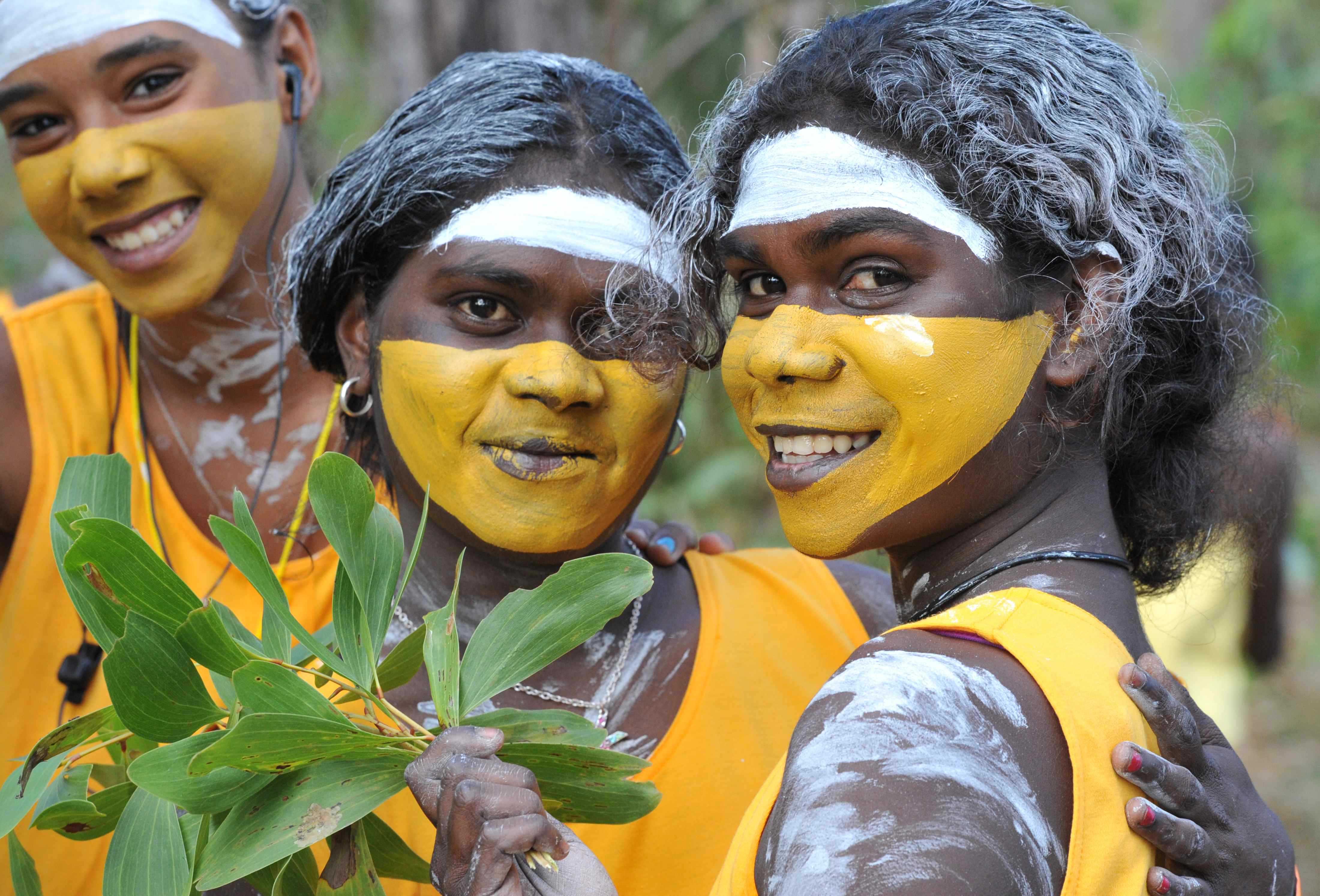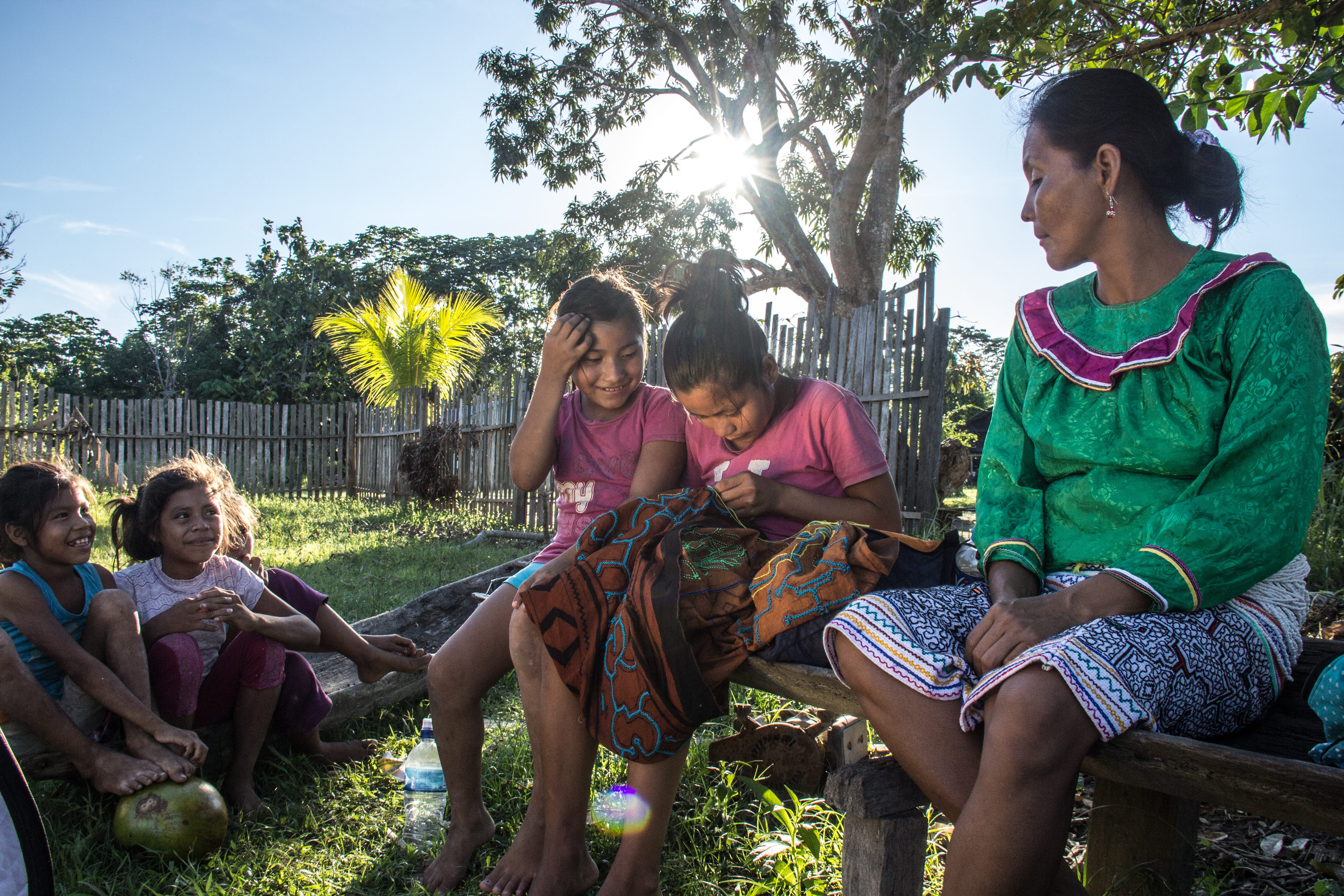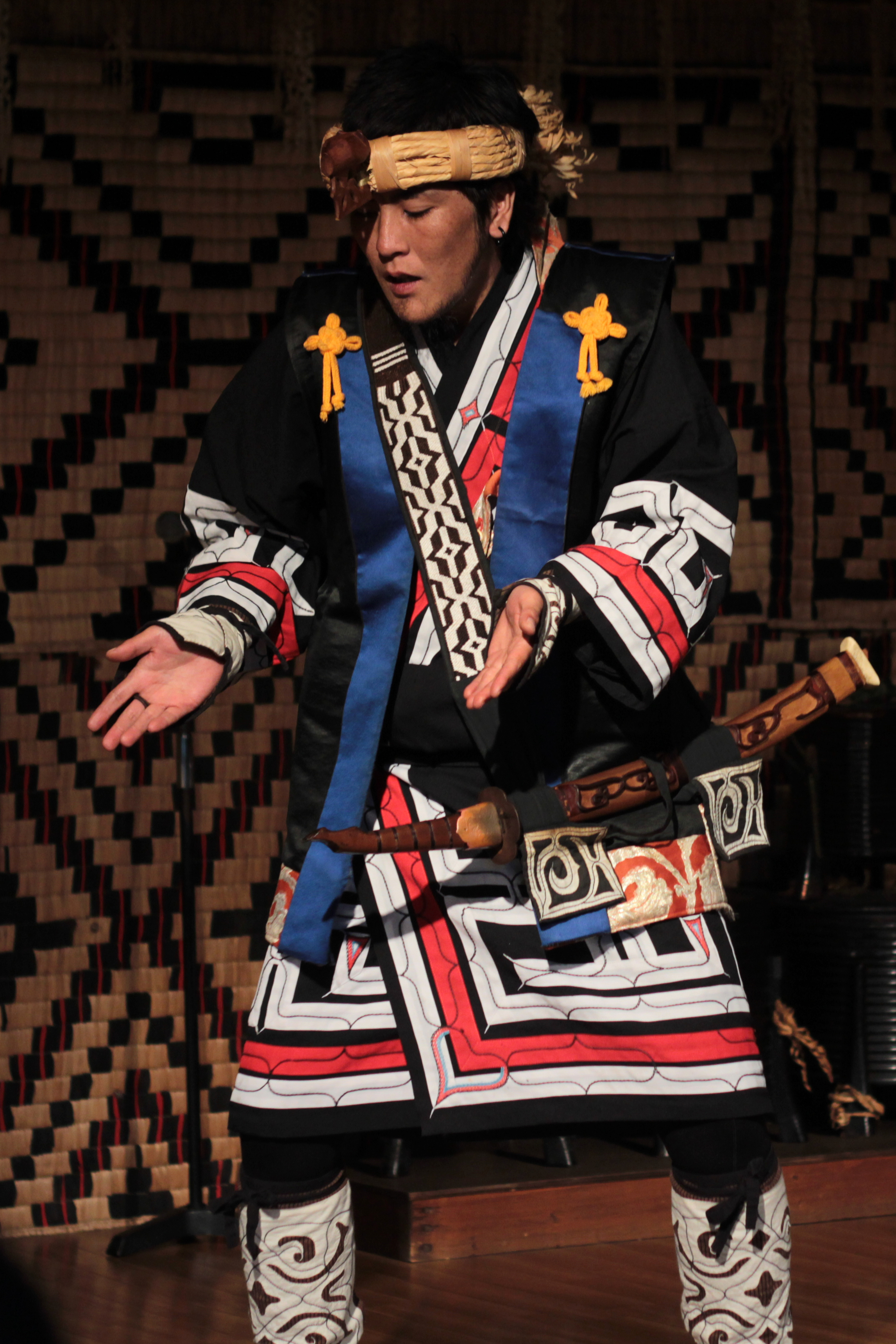Celebrating and Protecting Indigenous Peoples and Heritage
Published in August 4th 2017
Every year, on August 9th, the International Day of the World’s Indigenous Peoples takes place in order to promote, protect and celebrate indigenous cultures and peoples across the globe. Originating from a UN General Assembly of December 1994, the goal of this day is to not only highlight and educate people about indigenous cultures, but also to raise worldwide awareness about the specific problems they face and to encourage solutions.
Fighting for recognition of identity, traditions and land has been a struggle for indigenous cultures for a long time. Indigenous peoples live in every corner of the world - from North America, Africa, Asia to Oceania; and while they have distinct and diverse background, traditions and cultures, many indigenous groups remain at risk from similar issues, such as violation of rights, lack of access to resources, health, education and discrimination. This year, the World Indigenous People’s Day coincides with the 10th Anniversary of the UN Declaration on the Rights of Indigenous Peoples. This declaration constituted a huge step for protecting and promoting the rights of indigenous people on a global scale. However, there still exists major issues arising from implementation of policies on a regional level.

Languages are an integral part of indigenous cultures, more and more are in danger of disappearing and becoming ‘dead languages’. According to the UNESCO Atlas of Endangered Languages, there are 108 at risk and 6 extinct in Australia alone, mainly of indigenous origin. Arabana, an Australian Aboriginal language of the Pama-Nyungan has just 6 speakers, which signals a dramatic decline from the estimated 250 speakers in 2004.
In the U.S., the story is even more desperate, with 54 extinct languages. When a language dies, a whole set of cultures and traditions are lost too. Languages are more than just a set of words to communicate: as linguist Claude Hagege explains, languages are “the way of expressing the relationship with nature, with the world, between themselves in the framework of their families, their kin people". When languages vanish, we are losing “an enormous cultural heritage”. Therefore, as a consequence of the dwindling number of speakers of indigenous languages, indigenous cultures themselves are suffering tremendous harm.

Connection to the natural world is integral to many Indigenous cultures and it is expressed in diverse and traditional ways. A perfect example of embracing Indigenous natural and cultural heritage in modern times are the indigenous farmers of Laramate in Peru. Faced with damaging periods of drought and unseasonable rainfall, indigenous women from the Atocata, Miraflores, Patachana, Yauca and Tucuta farming communities successfully overcame the damaging effects of climate change by utilizing ancestral techniques, such as healthy seed selection.

On the other side of the world, mainly living in Hokkaidō in Northern Japan, the Ainu have a traditional dance that they perform at ceremonies and festivals, which reinforce their connection to the nature. With some movements of the dance improvised, some dances imitate the calls and movements of animals or insects, reflecting a strong connection to the natural world.
This International Day aims to address problems faced by Indigenous Peoples worldwide and it also marks an effort to raise awareness about protecting the long history of Indigenous heritage. With an estimated 370 million Indigenous peoples across the world with over 5000 different groups, Indigenous heritage is diverse and complex. With a multitude of such long and rich histories of culture, recent reports even suggest that Aboriginal people have been in Australia for least 65,000 years. We must encourage national and regional authorities to protect Indigenous culture and improve the quality of life for Indigenous peoples not just on one day but every day.

